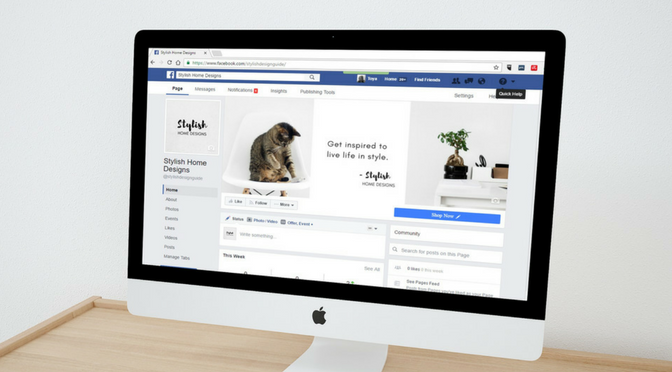
Despite the seeming differences of each platform, in fact we’re seeing greater consolidation between the networks than ever before. Most networks launch in a niche, with a unique perspective or angle, and then once they begin to hit critical mass, they start to blend into one another. For example:
- Instagram has launched Stories and is encouraging users to share more Snapchat-like content
- YouTube is testing community features allowing creators to share text and image based posts (aka, Facebook)
- Facebook is trying to be the go-to place for news and trending stories (aka, Twitter)
- Facebook is testing disappearing messages in Messenger (aka, Snapchat)
In 2017, we’re likely to see more of this trend with every major platform battling it out to become the go-to place for short, snackable and in-the-moment content. By the end of 2017, most of the major platforms will probably enable users to:
- Create and share video content
- Create and share live video content
- Discover news and what’s going on around them (based on location)

Thanks to Facebook’s increasingly sophisticated advertising capabilities, the following developments are likely to be introduced this year:
- The reach of Facebook Groups is likely to be reduced and paid ads will be rolled out for Groups instead
- Facebook Messenger ads have already been introduced and this will be partnered with end-to-end sales/customer service communication tools and chatbots
- Monetisation of live video is coming. This means ads will be integrated into live video just as they are on YouTube
- Engagement marketing will be enabled
- Content and advertising needs to be ‘camera-first’
- Reviews and ratings will become more sophisticated